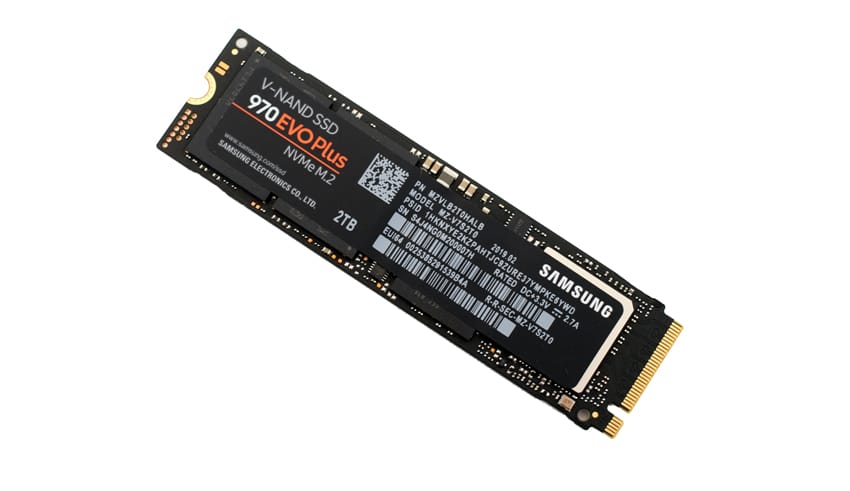The M.2 solid-state drive (SSD) was designed specifically to offer high-performance in compact computing devices like ultrabooks and tablets; however, they are now commonly used in all types of computers including desktops PCs and even within servers and storage arrays as boot drives. M.2 SSDs are also used in NAS devices as a cache or tiering drive.
The M.2 solid-state drive (SSD) was designed specifically to offer high-performance in compact computing devices like ultrabooks and tablets; however, they are now commonly used in all types of computers including desktops PCs and even within servers and storage arrays as boot drives. M.2 SSDs are also used in NAS devices as a cache or tiering drive.
M.2 Specification
The M.2 specification supports Wi-Fi, USB, Serial ATA (SATA), and PCI Express (PCIe). Because M.2 SSDs support the PCIe interface, they can leverage the non-volatile memory express (NVMe) protocol for reduced latency, faster IOPS and better power efficiency. As a result, M.2 SSDs can reach transfer speeds much higher than traditional SATA or SAS SSDs.
M.2 SSDs are rectangular in shape and have an edge connector on one side. They are often mounted on the motherboard via its a semicircular mounting hole at the center of the opposite edge. Motherboards usually have a max of two available M.2 slots, though you can purchase adapters to install them inside compatible PCIe slots.
M.2 Sizes
All M.2 SSDs are smaller than a stick of RAM and come in a variety of sizes. The most common include:
- 22mm (2280)
- 30mm (2230)
- 42mm (2242)
- 60mm (2260)
- 80mm (2280)
- 110mm (22110)
Consumer-grade M.2 SSDs are widely available and there is a range of inexpensive options from companies like ADATA (e.g., ADATA XPG SX6000), WD (e.g., WD Blue SN500) and Samsung (e.g., Samsung 970 EVO Plus).

